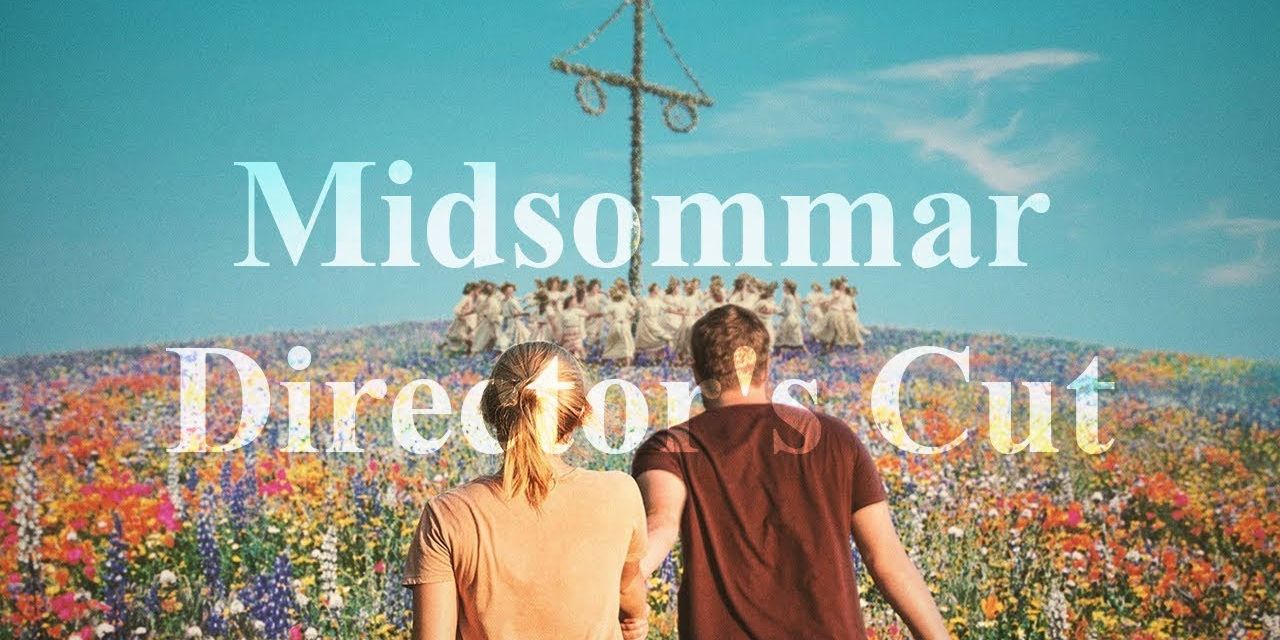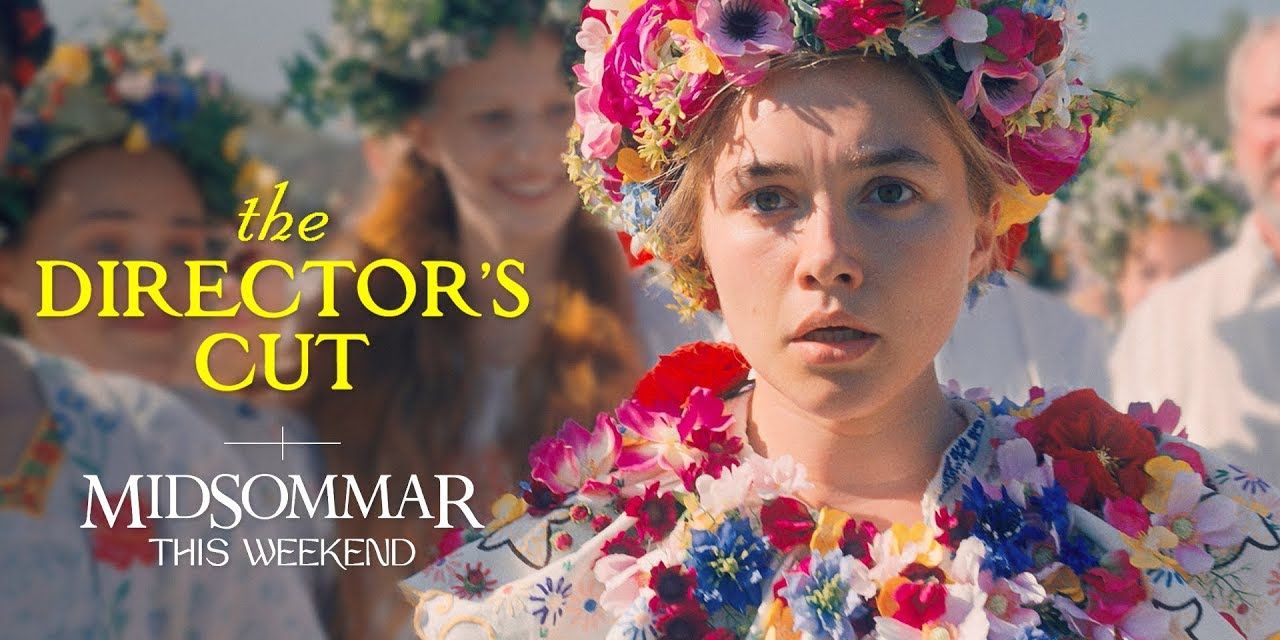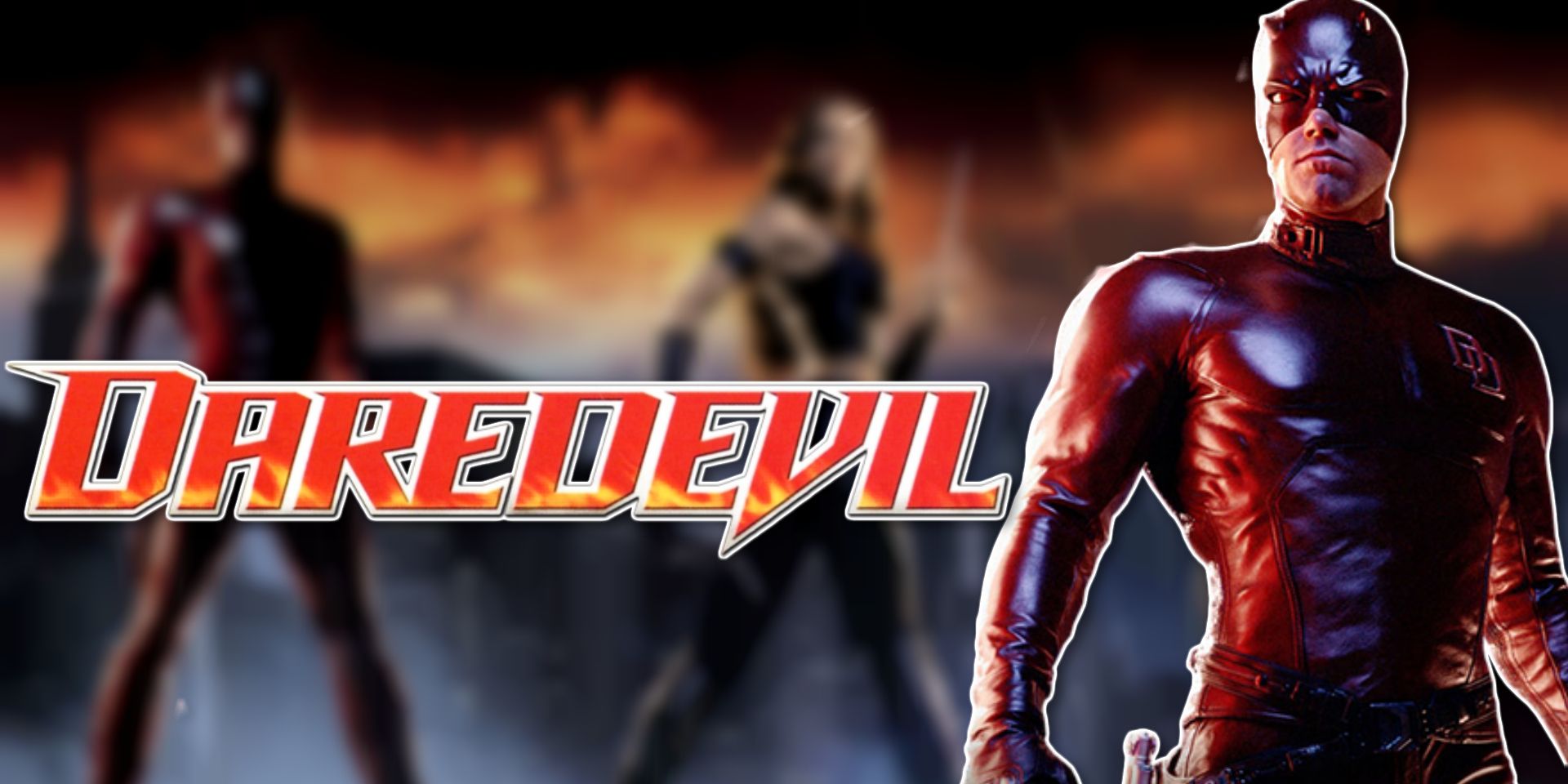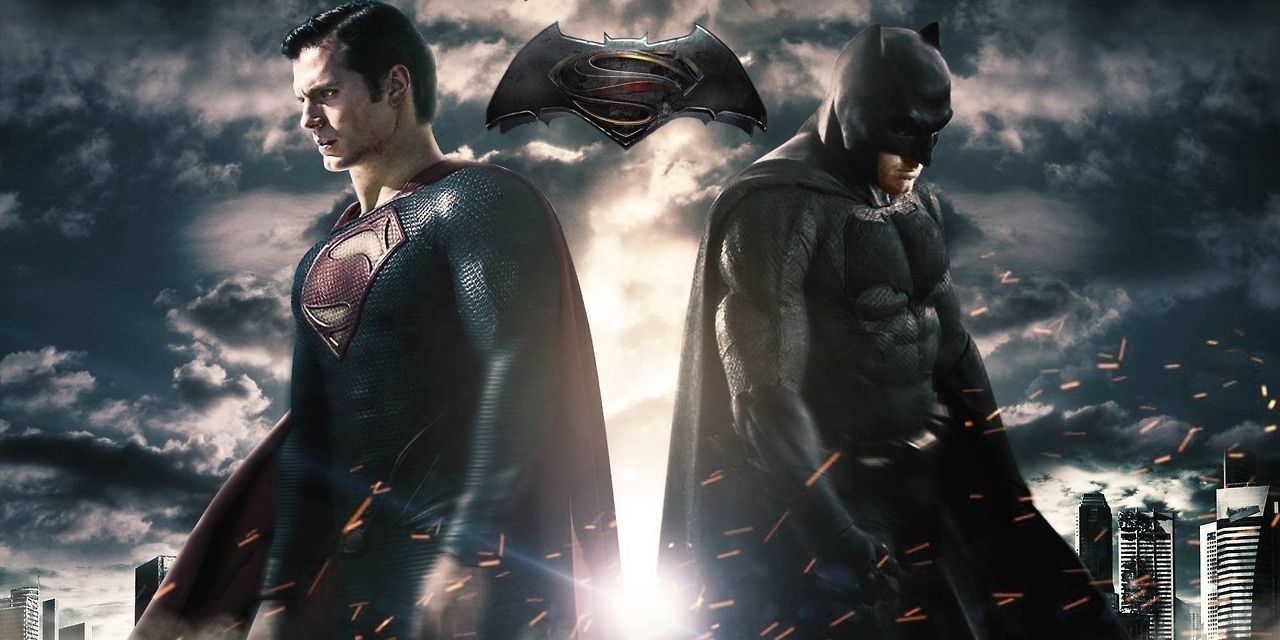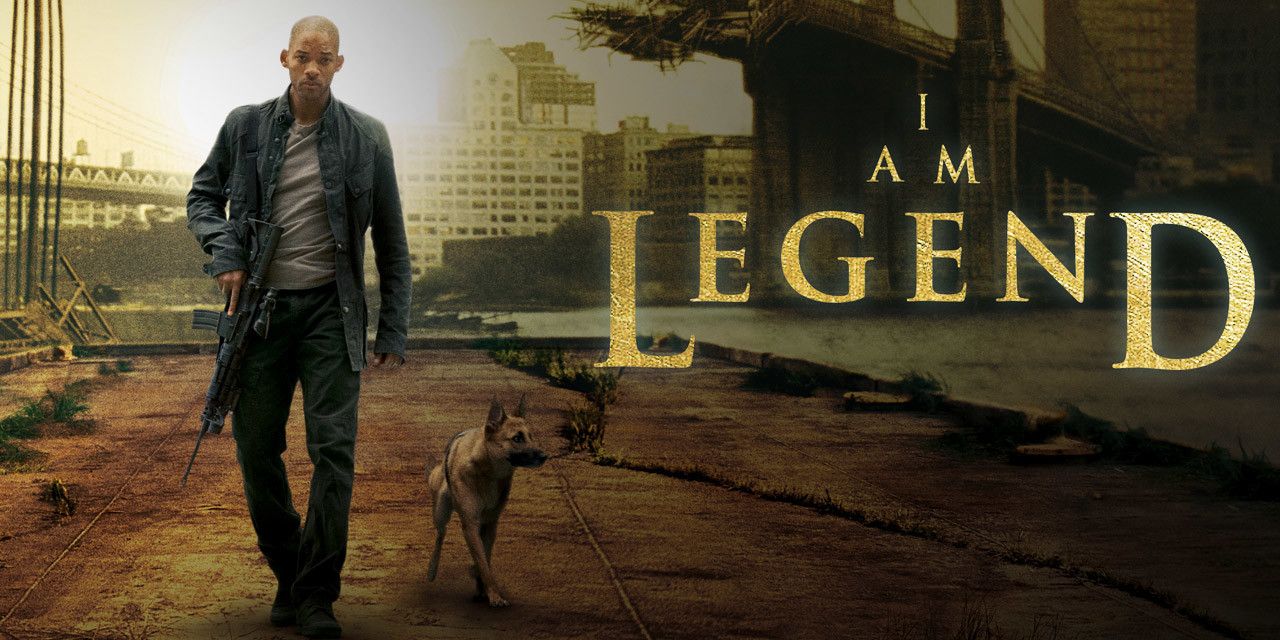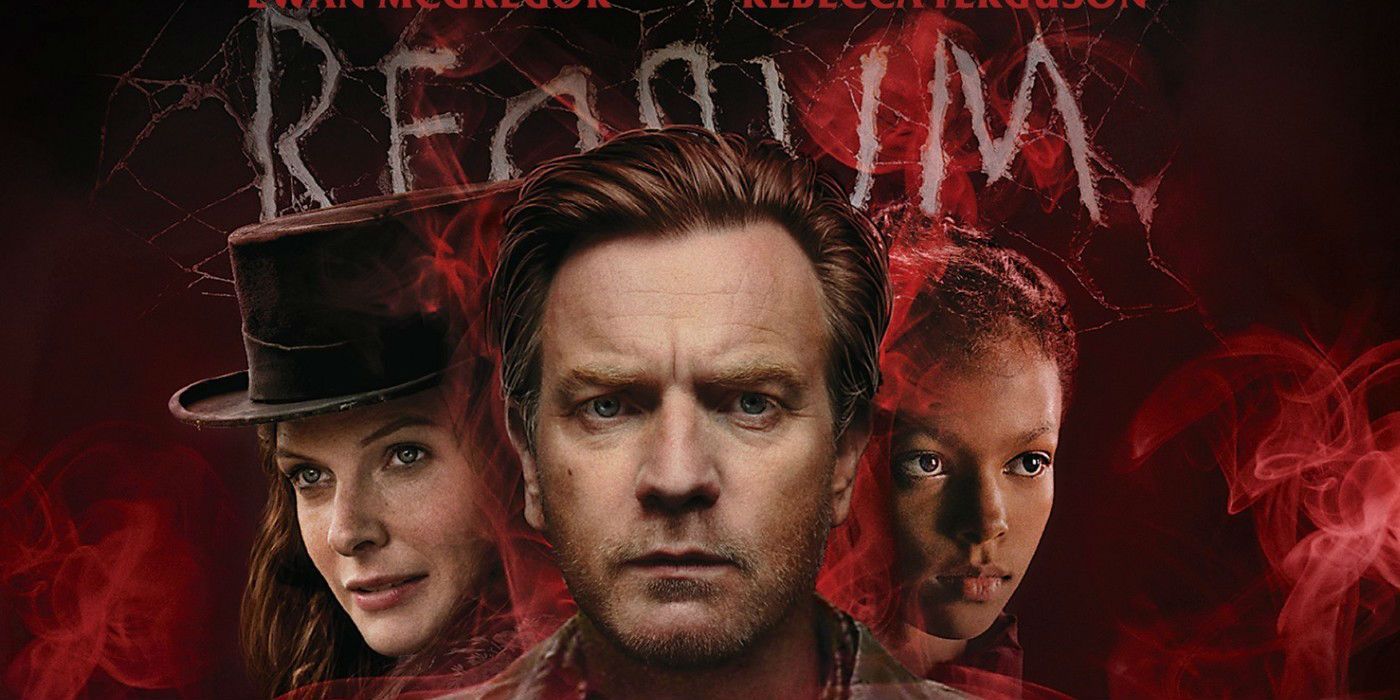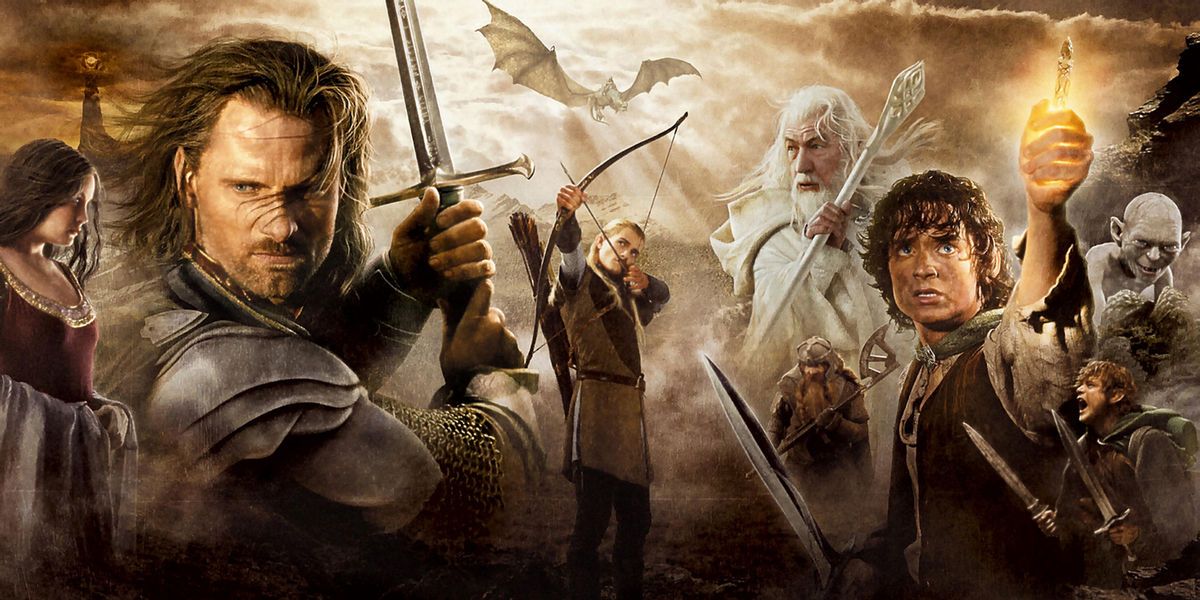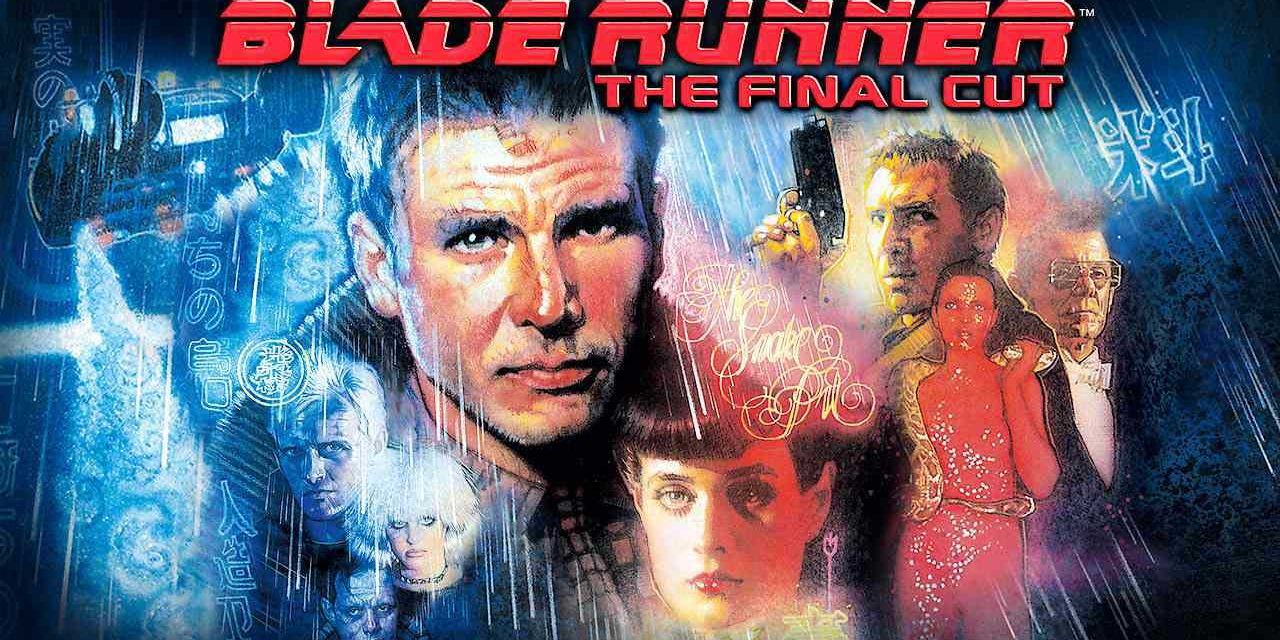Now that Zack Snyder's Justice League has a release date, it seems like the perfect opportunity look at previous director's cuts that actually improve upon the theatrical release.
Filmmakers often have to edit out some of their favorite scenes in order to meet runtime requirements or appease studio executives. Sometimes, they compromise their original vision; other times, a well-crafted scene must be left on the proverbial cutting-room floor. Either way, the relatively rare director's cut allows them the opportunity to present the version of the film they set out to make.
What follows are seven such director's cuts that are better than what audiences saw in theaters.
Midsommar
Written and directed by Ari Aster, the 2019 horror film Midsommar follows Dani, a college student who, following an unspeakable family tragedy, accompanies her apathetic boyfriend and his friends to a remote commune in Sweden for a midsummer festival. The director's cut was an iTunes-exclusive release that included additional and extended scenes. In this case, the theatrical release is superb, and the director's cut simply improves upon perfection by spending more time within scenes, and including an additional festival tradition and pageantry scene.
The sequence depicts the community gathering to perform something like a skit that ends with a child being prepared as a human sacrifice. Dani speaks up against the act, but it turns out the ordeal was merely a skit, and there was to be no sacrifice ... at least at that moment. It's a great scene that helps to explain how the commune operates -- and how it feels about human sacrifice. Particularly, it demonstrates how the community members are indoctrinated from birth to accept the violent traditions of their culture. The scene also helps to propel Dani's motivation to ask her boyfriend, Christian, to leave the commune. It leads to a great scene in the theatrical cut in which Dani and Christian face off, but this time the confrontation is slightly more motivated.
Midsommar is one of the few movies that has both a perfect theatrical release, and a director's cut. The latter gives fans of the theatrical release more of the things they love. Both versions are well paced and plotted, but the director's cut is longer, so that expert pacing is even more impressive. The film never slows or lags, and it's fully engaging from beginning to end. Fans should definitely invest the time in the director's cut.
Daredevil
Ben Affleck's turn as the Man Without Fear in writer/director Mark Steven Johnson's 2003 film Daredevil is often mocked for its cheesiness and lack of a strong narrative. However, the director's cut is significantly better. Daredevil is a textbook case of a film suffering to maintain a studio-mandated MPAA rating. The director's cut is rated R rated because of the inclusion of longer, grittier fight scenes. The theatrical release needed to be PG-13, so a lot of that violence was dropped in favor of pushing the Daredevil and Elektra love story.
The director's cut runs about 30 minutes longer than the theatrical release, which is a good thing. That extra time allows for a coherent narrative structure, which includes a subplot about a gang member framed for murder. The Coolio subpkot allows for Matt Murdock to be a lawyer and a costumed vigilante at the same time, and helps to tie together the film. Instead of becoming bloated by the extra run time, the film actually is smoother and more cohesive. There is more time for Matt to explore his classic Catholic guilt, and leads to a truly climactic showdown with Kingpin, instead of the shortened and disappointing version in the theatrical release. Overall, the director's cut of Daredevil still has a few of the same flaws as the theatrical release, but it is still the clearly superior film.
Batman v Superman: Dawn of Justice
Zack Snyder is well known for his director's cuts, which likely a contributor to the fan campaign that led to HBO Max's plans for Justice League. Batman v Superman: Dawn of Justice is a perfect reason why the filmmaker's devotees are excited to see his version of Justice League. The director's cut is about 30 minutes longer than the theatrical release; it's shocking how much crucial plot information and character moments were cut from the original release. The extended edition is superior because it better displays the characters' true natures and, more importantly, illustrates how Lex Luthor's plan to pit Batman against Superman actually unfolds.
The scenes in Africa are extended to show more clearly that Lex is framing Superman for these heinous crimes. He then hires his goons to murder Kahina Ziri, the woman who testified against Superman to the U.S. Senate. She learns that Superman was being framed, but is murdered before she can change her testimony. There are also scenes of Clark Kent doing honest investigative work into the escalating behavior of Batman, which really is necessary to his story arc, as it shows him as a legitimate reporter, a genuinely good person, and makes his tensions with Batman far more convincing.
I Am Legend
I Am Legend is well known for its vastly superior alternate ending. The theatrical release's action-packed climax, in which Will Smith's Dr. Robert Neville uses a grenade to blow up himself and an army of cannibalistic Darkseekers, was the result of a test screening and studio notes. he film ends with Anna and her son Ethan taking Neville's cure to a military base, leaving his destroyed home and lab behind.
In director Francis Lawrence original ending, Neville realizes he is the legend of the Darkseekers' nightmares, and that he has been experimenting on, kidnapping and torturing sentient and emotional beings. He returns the female Darkseeker he has captive, and the mutants leave Neville, Anna and Ethan alone. The three leave the city, and Neville's research, behind as they search for a survivors' colony, hopeful for a new future. This ending is far more logical, narratively, and the title of the film is a direct result of Neville's realization.
Doctor Sleep
The Doctor Sleep director's cut runs about 30 minutes longer than the theatrical release. Mike Flanagan put together a traditional director's cut in the sense that it's primarily composed of extended scenes. However, there are two particularly important new sequences that make this version better. First, there's a scene in which a young Abra plays the piano using her shining as her parents watch in mild panic. This is really important in showing why Abra is so reluctant to talk to her parents about her gift. It's immediately apparent that her parents fear her gift, and it is has a much stronger emotional punch than just their confusion at the spoons on the ceiling trick from earlier.
Secondly, there's a scene in which Dan goes into the famous red bathroom at the Overlook Hotel that mirrors the sequence with Jack and Grady in The Shining. The scene is a great throwback to the original, and it's exactly the kind of moment fans were looking for in the sequel. Also, it helps to depict Dan's character and the difficult emotional journey he undertook. It's the perfect moment to show how Dan did not become the worst parts of his father after all.
The Lord of the Rings
The Lord of the Rings is an epic story, and an example of remarkable filmmaking from director and co-writer Peter Jackson. The series is well known for its length, and the director's cut extended editions are even longer. J.R.R. Tolkien's novels are filled with rich subplots and characters, and the extended editions allow for most of those overlooked moments to shine. That includes the love story between Faramir and Eowyn, who suffered so much during the films that getting the chance to watch them fall in love is satisfying. This is especially true because the extended editions also include more of Boromir and Faramir's backstory, and shows how tragic Faramir's life really was. That helps to explain his desperation for the ring, and amplifies the goodness of his nature when he releases Frodo, Sam and Gollum to continue their pilgrimage to destroy it.
There are so many brilliant additional scenes in the extended editions that it's difficult to list them all. What's important to note is that most of the moments are emotionally driven character scenes. This makes the films so great to watch because it allows the audience to spend more time with beloved characters. The scenes that are extended or additional action sequences are also brilliant because the technical execution of them is outstanding and exciting to behold.
Blade Runner
Blade Runner is one of the most famous director's cuts in cinema history. The theatrical release faced a lot of studio interference that resulted in a cut that displeased director Ridley Scott. The studio forced him to include a controversial voiceover and an explicitly happy ending. Both of those additions seriously impacted Scott's intention of keeping the film as ambiguous as possible. The voiceover is made worse by star Harrison Ford's bored delivery. He allegedly tried to deliver the worst possible version of the voiceover in hope that it would convince the studio to drop the entire idea and allow Scott to execute his film as intended.
Next there was what was called the Director's Cut; however, it wasn't actually the director's cut. That 1992 version was lightly supervised by Scott, but the actual work was undertaken by film preservationist Michael Arick, who used Scott's notes to dictate the new cut's direction. Scott couldn't give this version his full attention because he was with Thelma and Louise. Adhering closer to Scott's wish to keep the film ambiguous, this version includes a dream sequence about a unicorn that implies Deckard is a replicant and that his memories are actually implanted.
Finally, in 2007 Scott got his chance to release his true director's cut, although it had to be retitled as The Final Cut. The film was digitally remastered, included new and extended violent scenes, and a longer version of the unicorn dream. This is the cut that Scott has always intended to make when he set out to adapt the Philip K. Dick novel Do Androids Dream of Electric Sheep? It's the most sophisticated of all the cuts. The theatrical release does not trust in its audience, and The Final Cut does.

